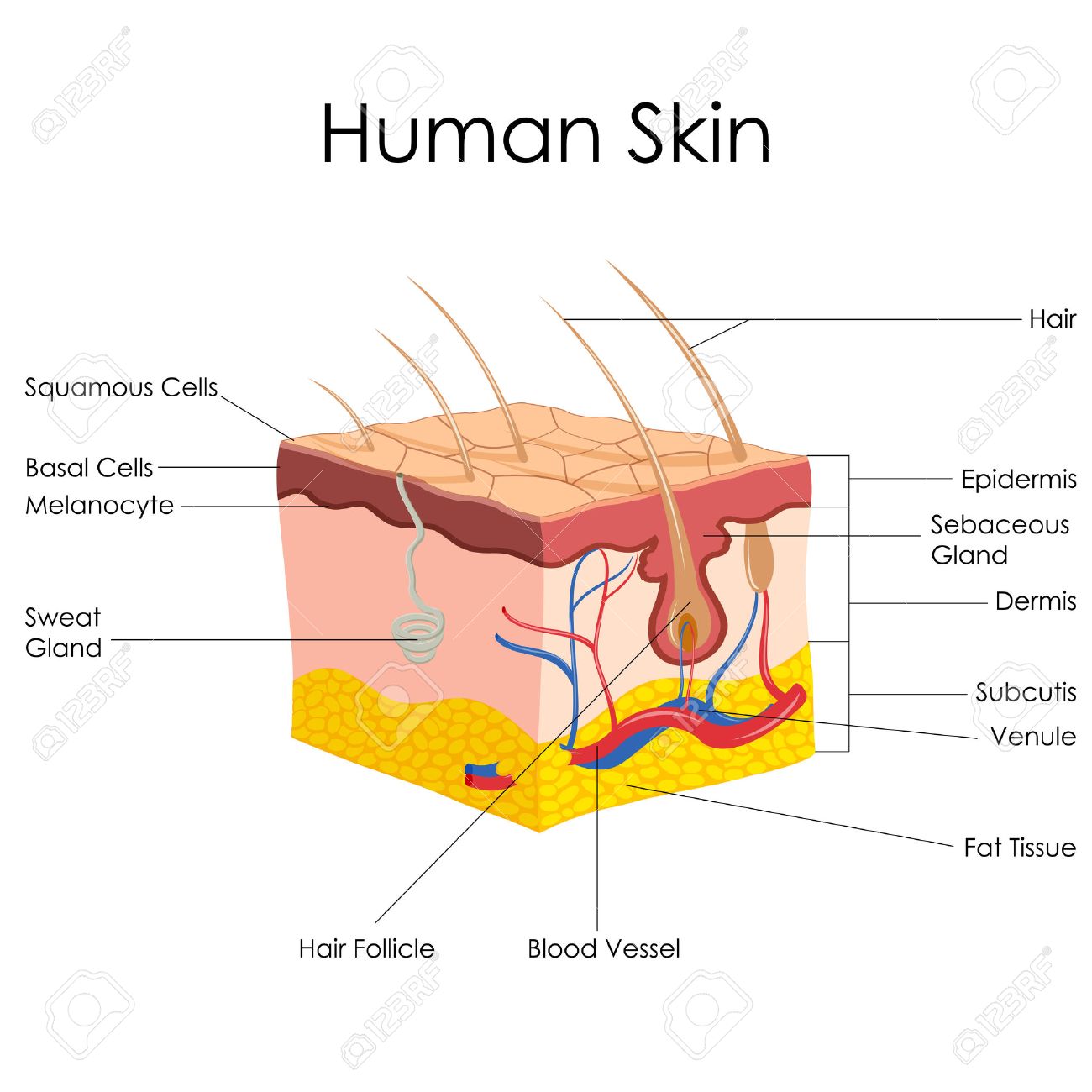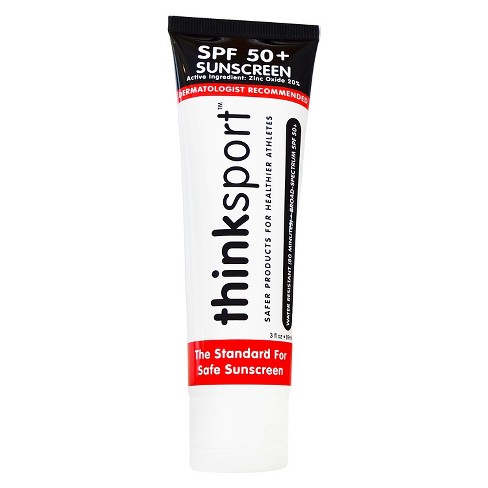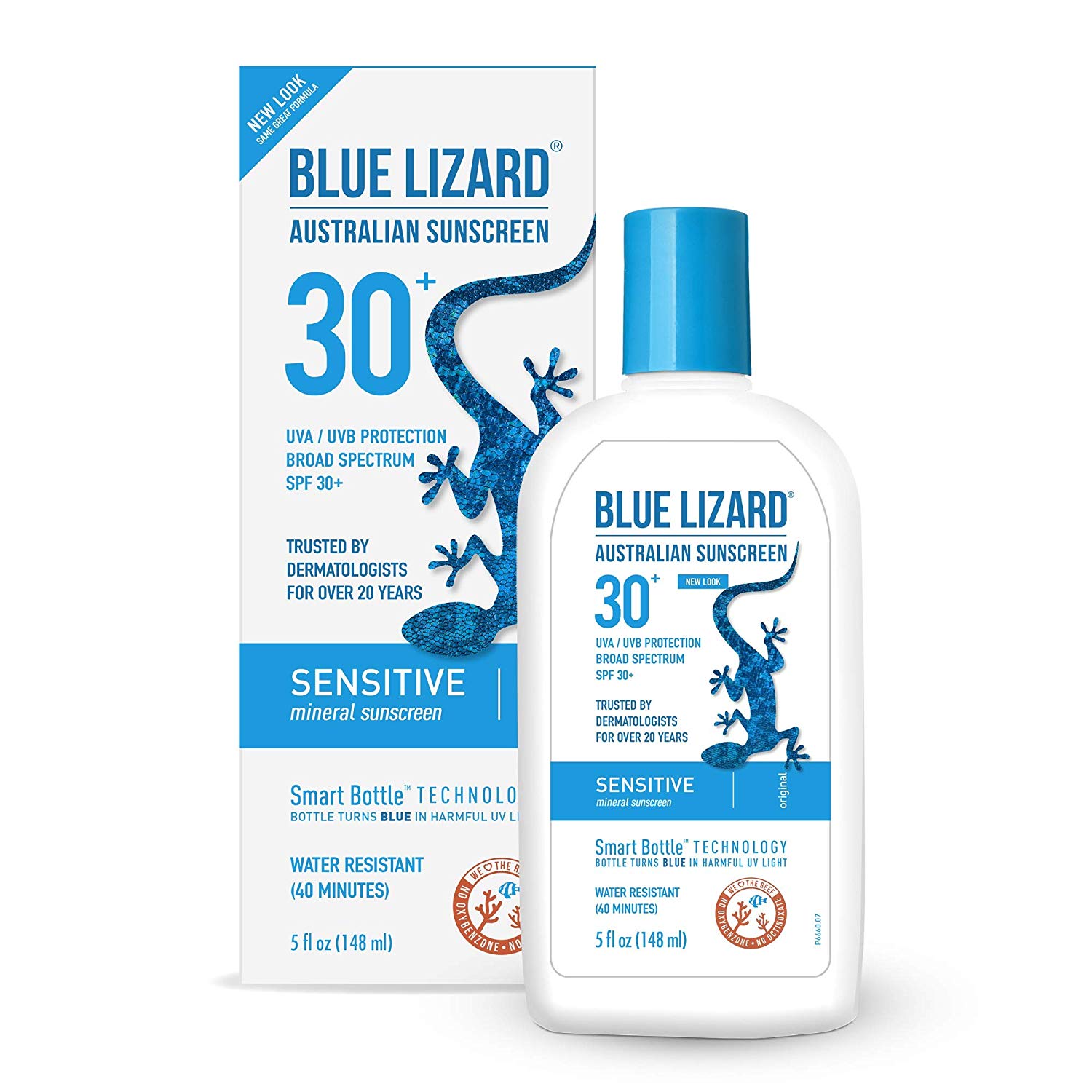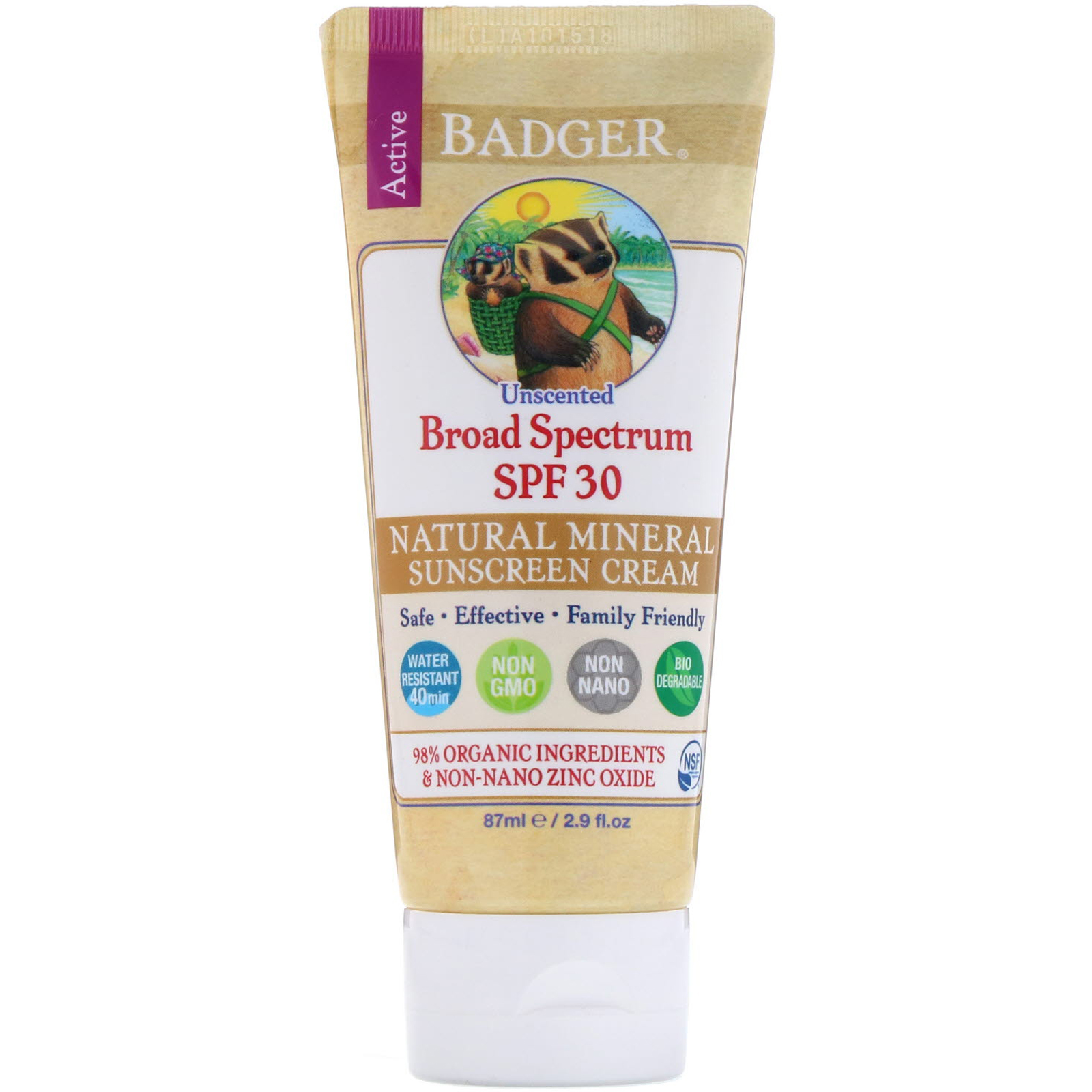It’s August, the sun is shining and heating us up with no mercy. It’s time to discuss sun screen. Ok, if we are going to be real, the time to discuss sunscreen was May, but life happens and I just got around to this post. So let’s do this.
There are so many options for sunscreens out there and this post will cover only a few. The main takeaway is to know what to avoid, what is ok, and a few examples of the ones I like. However, this is not a complete list.
Sun screen can be full of toxic chemicals. It may reduce our chances of skin cancer but can cause other health problems. How can this be?

Dermatology 101
Many people assume that sunscreen goes on top of your skin and stays there. No big deal, right? It actually is a big deal because the skin is a living organ. In fact it is the largest organ in the body. When we apply anything to our skin, it penetrates through the skin cell layers and it reaches the capillaries (tiny vessels in the skin). The product components move through the walls of the blood vessels, and the blood carries the ingredients to other parts of the body. Think morphine patches, birth control patches, and ADHD medication patches. Drug companies understand that chemicals can be applied to the skin and distributed to organs. We should too.

AVOID the following:
Oxybenzone
Octinoxate
Homosalate
Retinal palmitate
Parabens
Fragrance with phthalates.
FDA, earlier this year, raised concerns over the ingredients in sunscreen. It has put the entire industry on alert because we have enough safety information on only 2 out of 16 sunscreen ingredients: zinc oxide and titanium dioxide. This is very reassuring since we have been lathering ourselves with all the other chemicals for years. Well, truth be told, when I was young I used baby oil and competed for the best tan. Ok, so not my smartest moments.
Ingredients to Avoid and Why
Before we get down to the nitty gritty, let’s discuss the EWG. They are the Enviornmental Working Group, a non-profit, non-partisan organization dedicated to protecting human health and the environment. They score products based on safety data. EWG scores 0-10, 0 is the cleanest and 10 is the worst.
Oxybenzone (EWG 8)
detected in nearly every American
found in mothers’ milk
1% to 9% skin penetration in lab studies
correlation with lower testosterone levels in men and boys
lower sperm counts and abnormal sperm quality
increases risk for endometriosis
associated with altered birth weight in human studies
high risk of skin allergy
Citations: Janjua 2004, Janjua 2008, Sarveiya 2004, Gonzalez 2006, Rodriguez 2006,
Krause 2012, Kunisue 2012, Buck-Louis 2014, Louis 2015
Octinoxate (EWG 6)
found in mother’s milk
hormone-like activity
reproductive system, thyroid and behavioral alterations in animal studies
moderate risk of skin allergy
Citations: Krause 2012, Sarveiya 2004, Rodriguez 2006, Klinubol 2008
Homosalate (EWG 4)
found in mother’s milk
disrupts estrogen, androgen and progesterone
high concern for toxic break down products
Citations: Krause 2012, Sarveiya 2004, SCCNFP 2006
Parabens
a group of related chemicals commonly used as preservatives in cosmetic products. These chemicals prevent the growth of bacteria and mold in products. The most common parabens in beauty products are butylparaben, ethylparaben, methylparaben, and propylparaben
they mimic the activity of estrogen in the body, thus posing a risk to reproductive health and the endocrine system
Phthalates
chemicals that make plastic more flexible, was in children’s toys, recently banned
have been shown to lower levels of testosterone
associated with abnormal urogenital anatomy of boys called “Phthalate Syndrome”
associated with increased risk for PCOS
in sunscreens it appears as “fragrance” or Dibutyl phthalate (DBP) on the label
Citations: Gynecol Endocrinol. 2019, Reprod Toxicol. (2016), Dr Swan 1999
Retinal Palmitate
this is a form of vitamin A
it has been shown that when applied topically, it reacts with UV rays, increasing the risk of skin tumors
avoid the following: retinol, retinyl palmitate, retinyl acetate and retinyl linoleate
Citations: National Toxicology Program 2012,
Others with insufficient data
Octisalate (EWG 4)
Octocrylene (EWG 3)
Lowest Risk
Zinc Oxide (EWG 2)
Titanium Dioxide(EWG 2)
Avobenzone(EWG 2)
My Favorite Sunscreens










